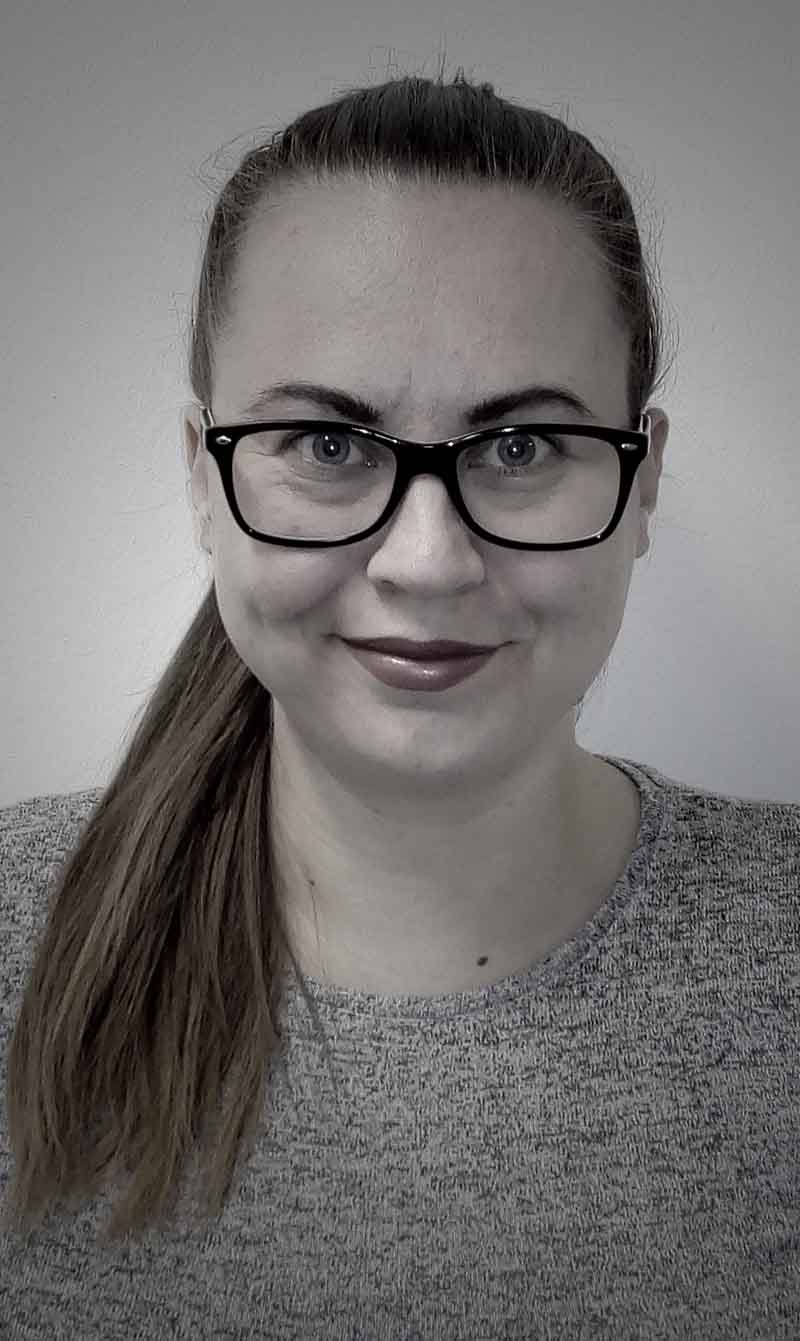Medical Inflation
The rise in healthcare cost, especially in Malaysia, has the industry seeking an explanation. There are three main factors that contribute to the medical inflation which countries such as Malaysia is currently experiencing.
The findings from an Aon survey with regards to the global medical trend rate showed that the average for global medical rate for 2018 was at 8.4 per cent and the average general inflation rate was at 3.1 per cent. However, it was noted that the medical trend rate for Malaysia was at 15.3 per cent which was the second highest in Asia.
The medical cost in Malaysia showed a consistent increase from 2016. It increased from 11.8 per cent to 12.6 per cent in 2017 and hit 13.2 per cent in 2018. In Malaysia, data from 1997 to 2016 has shown an increase in health expenditure of more than 100 per cent. In 1997, the total expenditure on health was RM8,604 million. This value was at RM22,144 million in 2006 and RM51,742 million in 2016.
The average across the 20 years data shows that the composition of healthcare expenditure consists of 56 per cent from the government, 33 per cent from individuals – referred to as household out-of-pocket expenditure (OOP), six per cent from insurance companies and five per cent across other groups.
People spent RM3,166 million of their hard-earned money to pay for the medical bills in 1997, double the figure in 2007 which was at RM7,145 million and almost triple the figure in 2016 which was at RM19,570 million.
Factors Contributing to the Rise in Healthcare Costs
Population: An ageing population contributes significantly to the rise in healthcare costs. Although the amount of healthcare expenditure depends on the health status of a person, elderly people tend to use healthcare more often and much more intensively, as compared to the younger population.
The Malaysian population as of 2018 was at 32.38 million. From this figure, 19.35 per cent of them were over the age of 50, fitting well into the baby boomers’ segment. The Health System Tracker by Peterson-Kaiser surveyed the American population in 2016 and showed that the average health spending increased throughout adulthood. The finding showed the group which was 65 years old and above spent an average of USD11,273.50, compared to the population group of 45 – 54 years old, who spent half that amount for healthcare.
The healthcare spending will continue to rise as the population ages. Citing from the OECD 2016 report, age was identified as the major determinant of healthcare spending, whereas the health spending was relatively higher for the youngest age group. It dropped sharply throughout childhood and early adulthood. However, the share of health spending steadily increased when the population reached retirement age.
According to the Monthly Index of Medical Specialties (MIMS), the common diseases that affect Malaysian senior citizens in the retirement age group are heart attack, stroke, cancer, cataract, hip and knee replacement, and kidney failure.
Social factors and lifestyle: The research on people’s behaviour showed that causal relationships were linked to unhealthy lifestyles and healthcare expenditure. Individuals who practice unhealthy lifestyles needed more healthcare services, which forced them to spend much more on healthcare.
Data from the International Diabetes Federation (IDF) showed that 16.9 per cent of 20,722,000 Malaysian adults are diagnosed with diabetes. In addition to that, Malaysia has been labelled as Asia’s fattest country due to approximately half of its population being overweight. The researchers from the University of Glasgow found that obesity on its own does increase the risks of fatal heart attacks. Diabetes patients are more likely to have high cholesterol, high blood pressure and diabetes.
The statistics from the Ministry of Health showed that Malaysians tend to develop heart diseases much earlier – 58 years of age, compared to other countries in the region. Besides that, economic and environmental factors also influence people’s lifestyle choices.
The World Health Organisation (WHO) has recommended at least 75 minutes of vigorous exercise or 150 minutes of moderate exercise per week for an adult. However, from the survey which was carried out by WHO in 2018, it was claimed that one in every four adults worldwide didn’t get enough exercise which put them at risk of diseases linked to inactivity. The studies also found that people in high income nations exercised less compared to low income countries.
Medical technology: New technologies can improve the outcome and patient satisfaction but tend to cost more. PwC (2012) estimated that new technology would be able to increase the overall medical cost by 25 per cent, Cutler (1995) at 49 per cent, Jones (2002) ranges from 50 per cent – 75 per cent, and Peden and Freeland (1995) range from 70 per cent – 75 per cent.
Research by Scitovski (1985) found that different technologies had different impact on the healthcare cost, it depended on how technology played a role for the medical practitioner. For example, low-tech technology such as electrocardiography, laboratory tests and x-ray increased the medical cost at a moderate pace while the use of hi-tech technology and procedures such as new treatment modalities for breast cancer and coronary bypass, substantially increased the cost.
There are several new technologies which are able to lower the costs of treatment or provide less discomfort or complication. However, patients are required to undergo a number of procedures. This will offset the cost savings provided by the technology which would result in the increased aggregate costs.
Overall, medical technology and innovation have generated consumer demands which seek much better healthcare and this has led to the increased demand for insurance, and in turn provides an incentive for companies and scientists to develop new technologies.
Final Words
Medical costs are rising much faster compared to economic growth, which effects governments, employers and individuals. Although the need for healthcare services depends on the individual’s health status, elderly people require it much more often which is typically more intensive in nature, as compared to the younger population. However, the sedentary lifestyle amongst the younger population has increased the risks of physical and mental health problems such as obesity, high cholesterol, diabetes, cardiovascular diseases and depression.
As the number of critical illnesses continue to increase due to unhealthy lifestyle choices, it has created a demand for scientists and corporate companies to develop new technology which vastly improves the capability of hospitals to treat patients. While technology advancement comes with a cost, insurance is a tool to manage rising healthcare cost.
About the Author
 Mohd Sedek joined Standard Financial Adviser Malaysia in 2014 as Head of Investment and Financial Planning, managing Corporate and HNWI investment portfolio, as well as investment research and strategy. He holds a bachelor degree in economics, master degree in Business Strategy, Leadership and Change, Islamic Financial Planner from IBFIM and a certificate in Corporate Sustainability from NYU Stern Business School. He’s currently pursuing a PhD in Economics at Universiti Malaya.
Mohd Sedek joined Standard Financial Adviser Malaysia in 2014 as Head of Investment and Financial Planning, managing Corporate and HNWI investment portfolio, as well as investment research and strategy. He holds a bachelor degree in economics, master degree in Business Strategy, Leadership and Change, Islamic Financial Planner from IBFIM and a certificate in Corporate Sustainability from NYU Stern Business School. He’s currently pursuing a PhD in Economics at Universiti Malaya.
Photo by Kendal James on Unsplash





